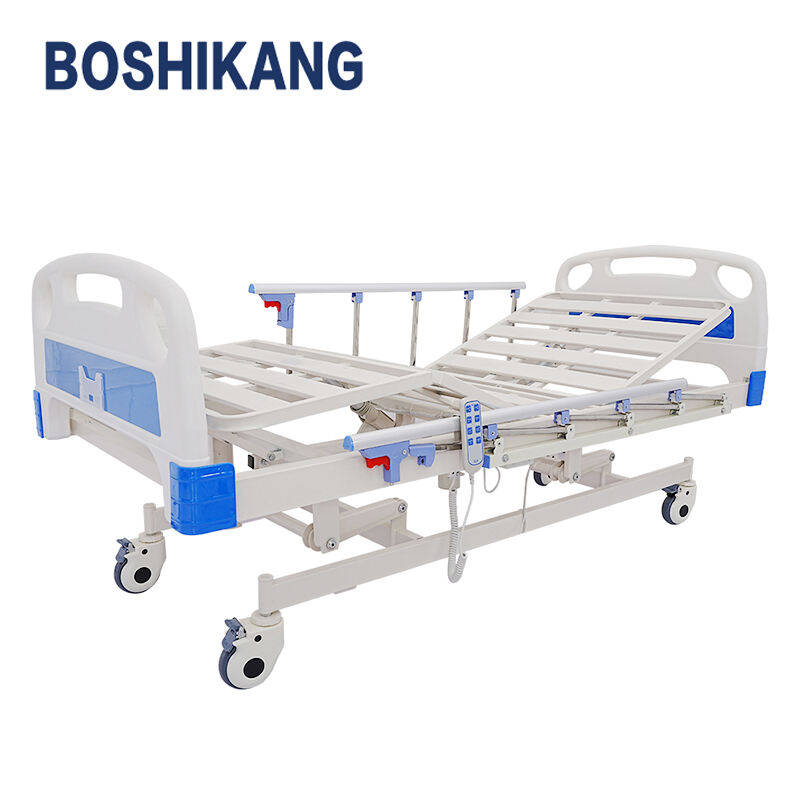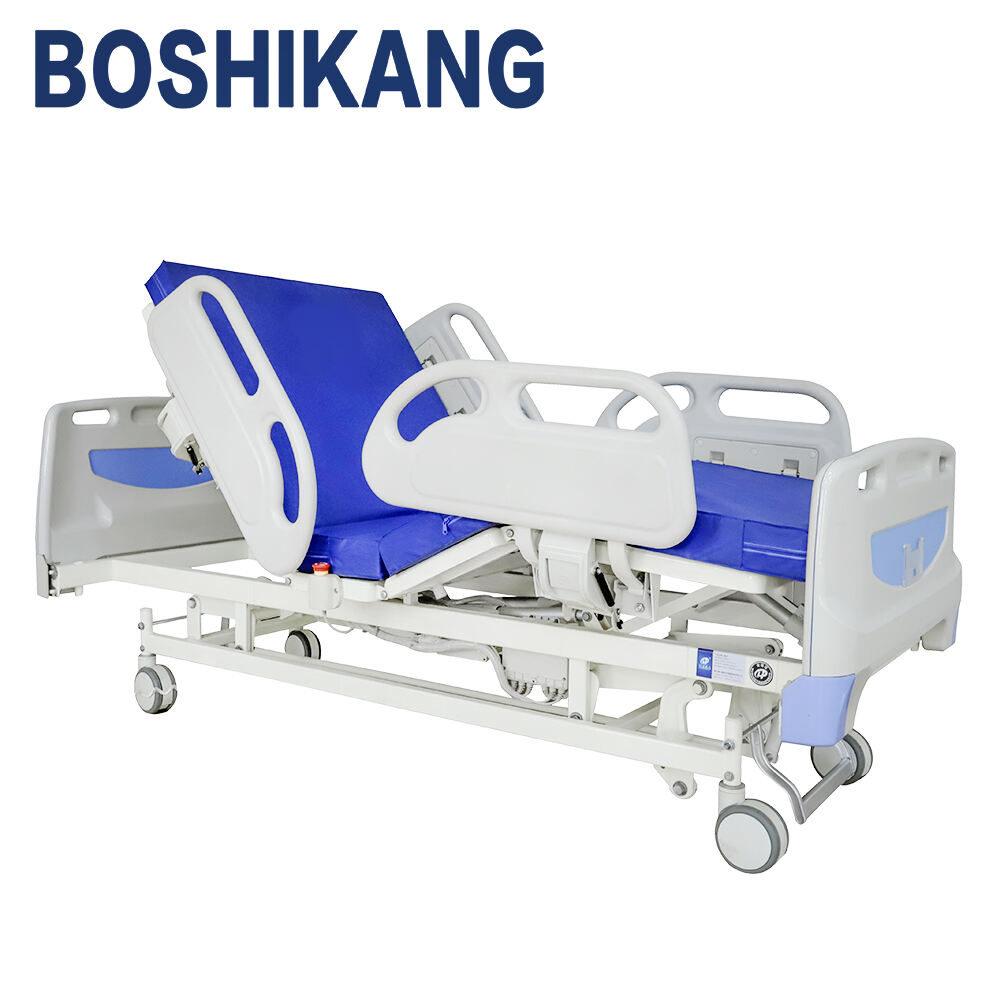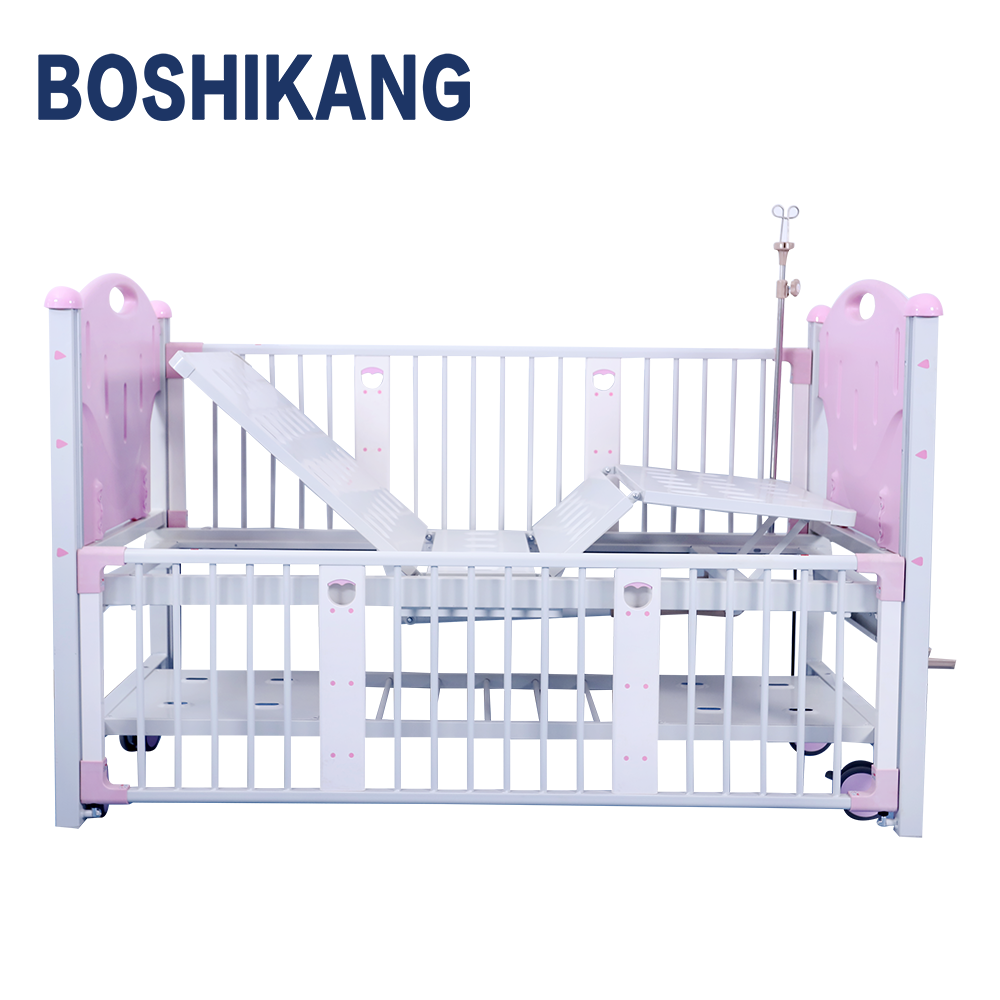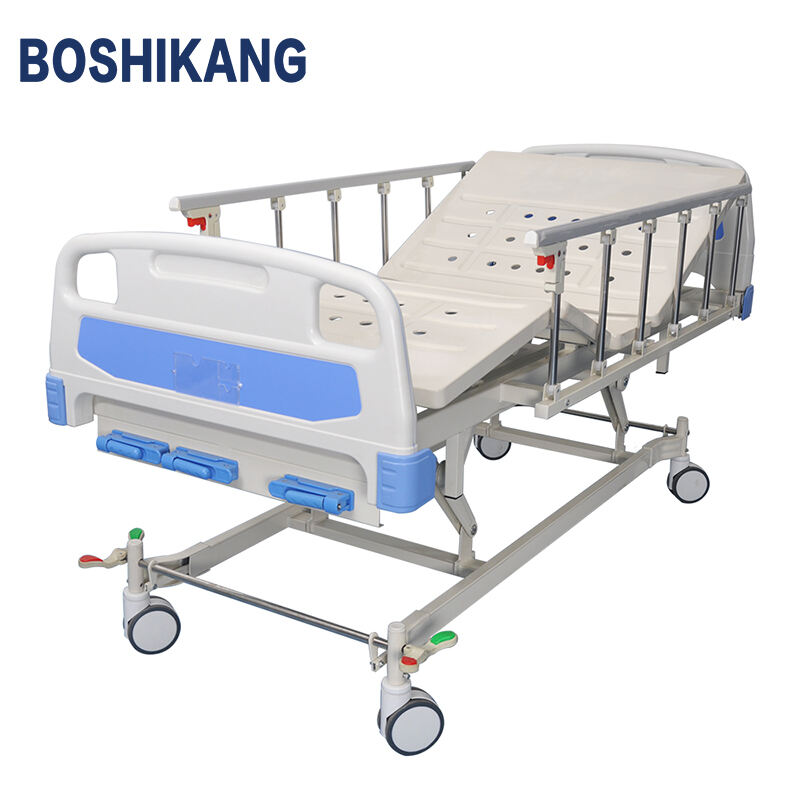patient bed size
Patient bed size is a critical consideration in healthcare facilities, encompassing standard dimensions that ensure optimal patient comfort and caregiver accessibility. Modern hospital beds typically measure 36 inches wide by 80 inches long, providing adequate space for patient movement while maintaining compatibility with medical equipment and room layouts. These dimensions are carefully calculated to accommodate various medical procedures, patient positioning requirements, and the integration of essential accessories such as side rails, IV poles, and monitoring equipment. The standardized sizing also considers the ergonomic needs of healthcare workers, allowing them to perform their duties efficiently while minimizing physical strain. Advanced patient beds feature adjustable configurations, enabling height modifications, backrest elevation, and leg position changes, all within the specified dimensional constraints. The bed frame design incorporates safety features like wheel locks, emergency release mechanisms, and protective barriers, while maintaining the established size parameters that have become industry standard through extensive research and practical application.











